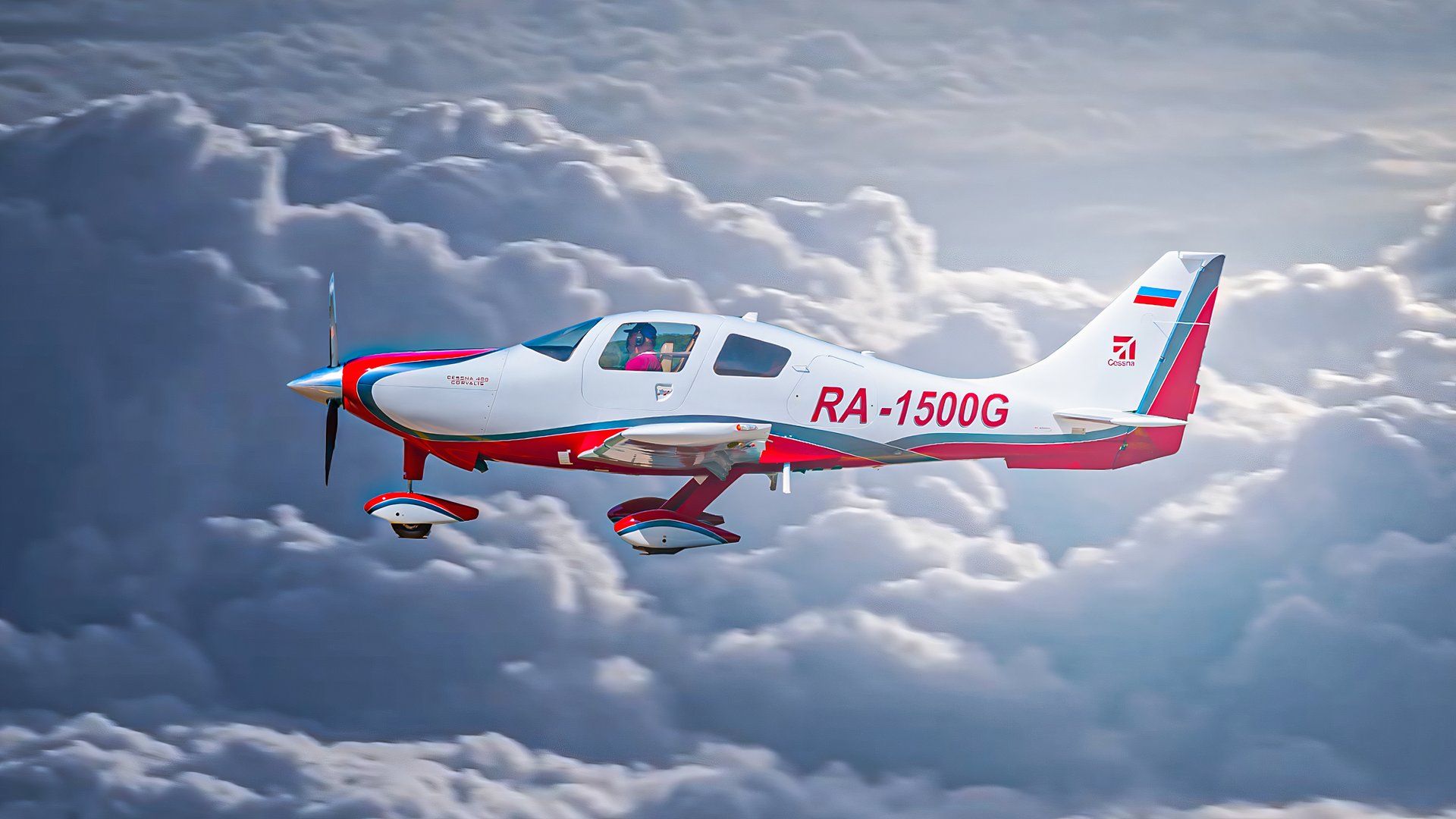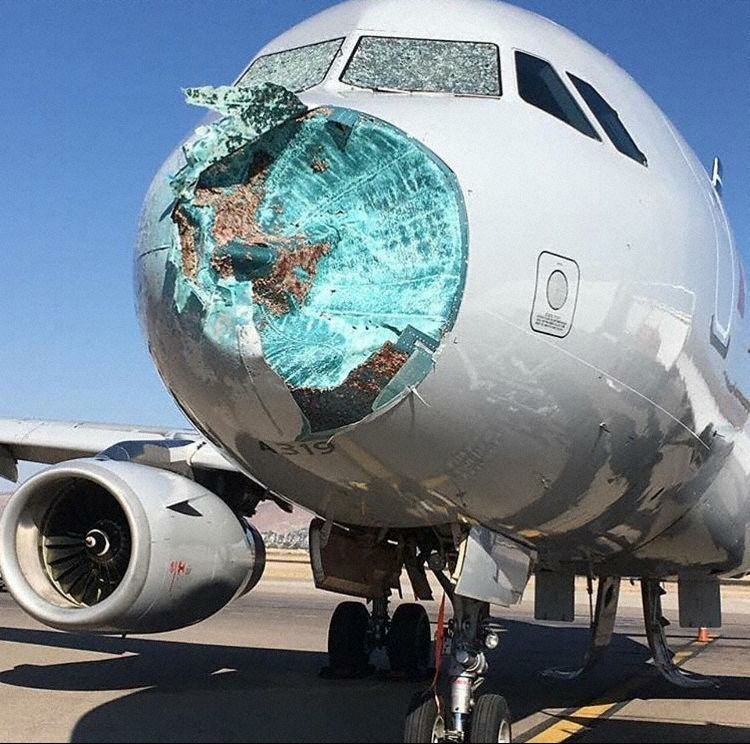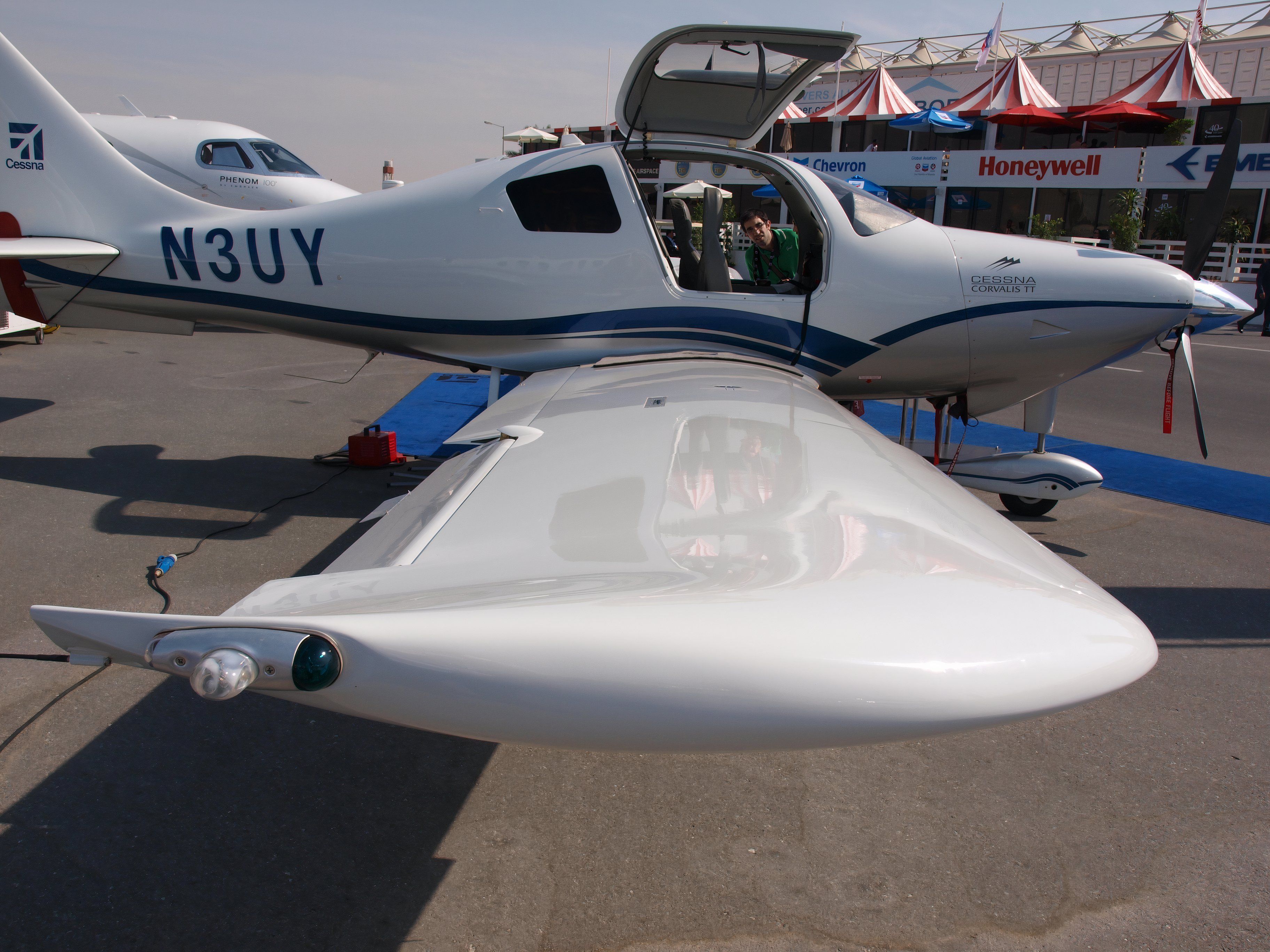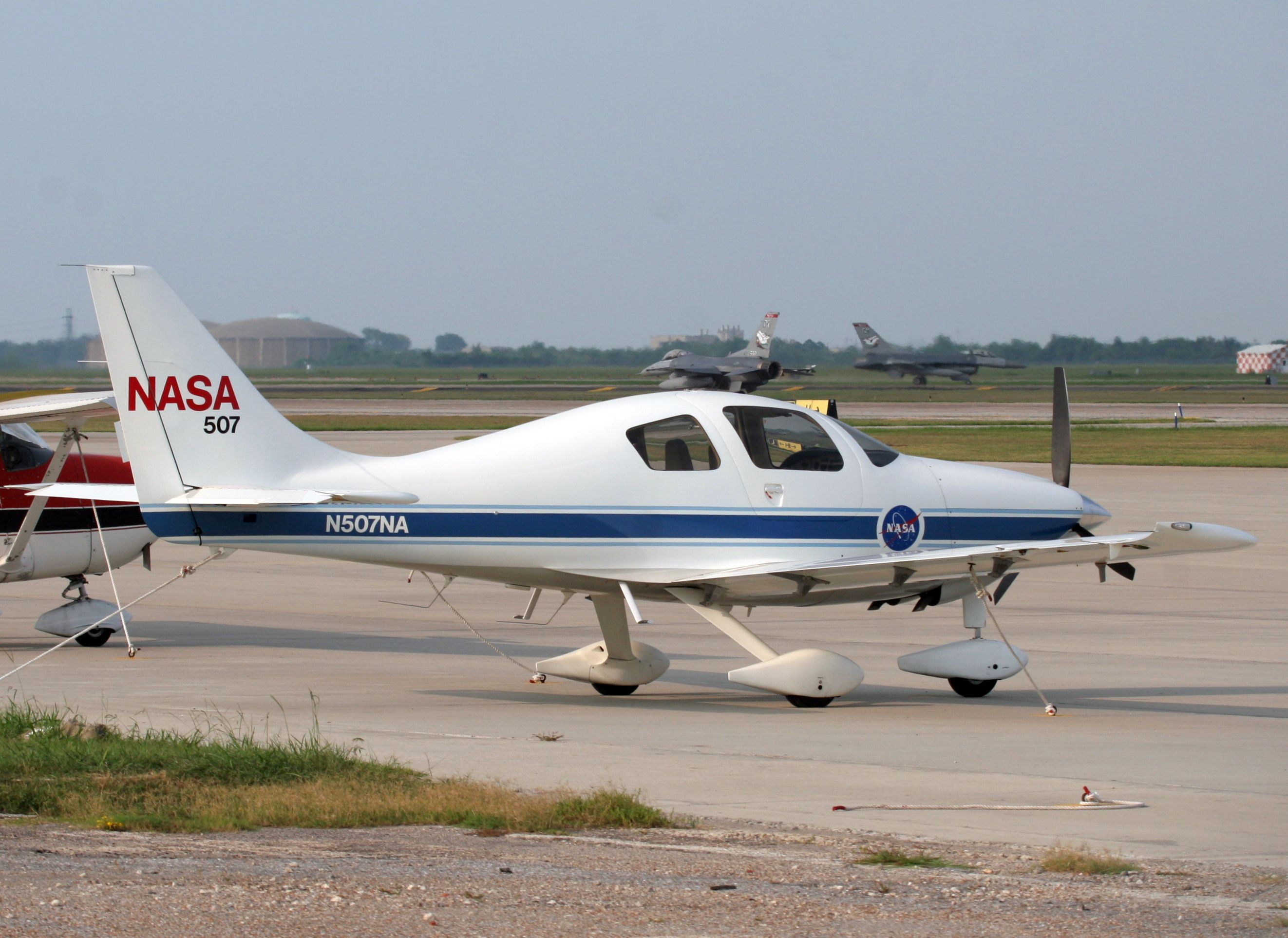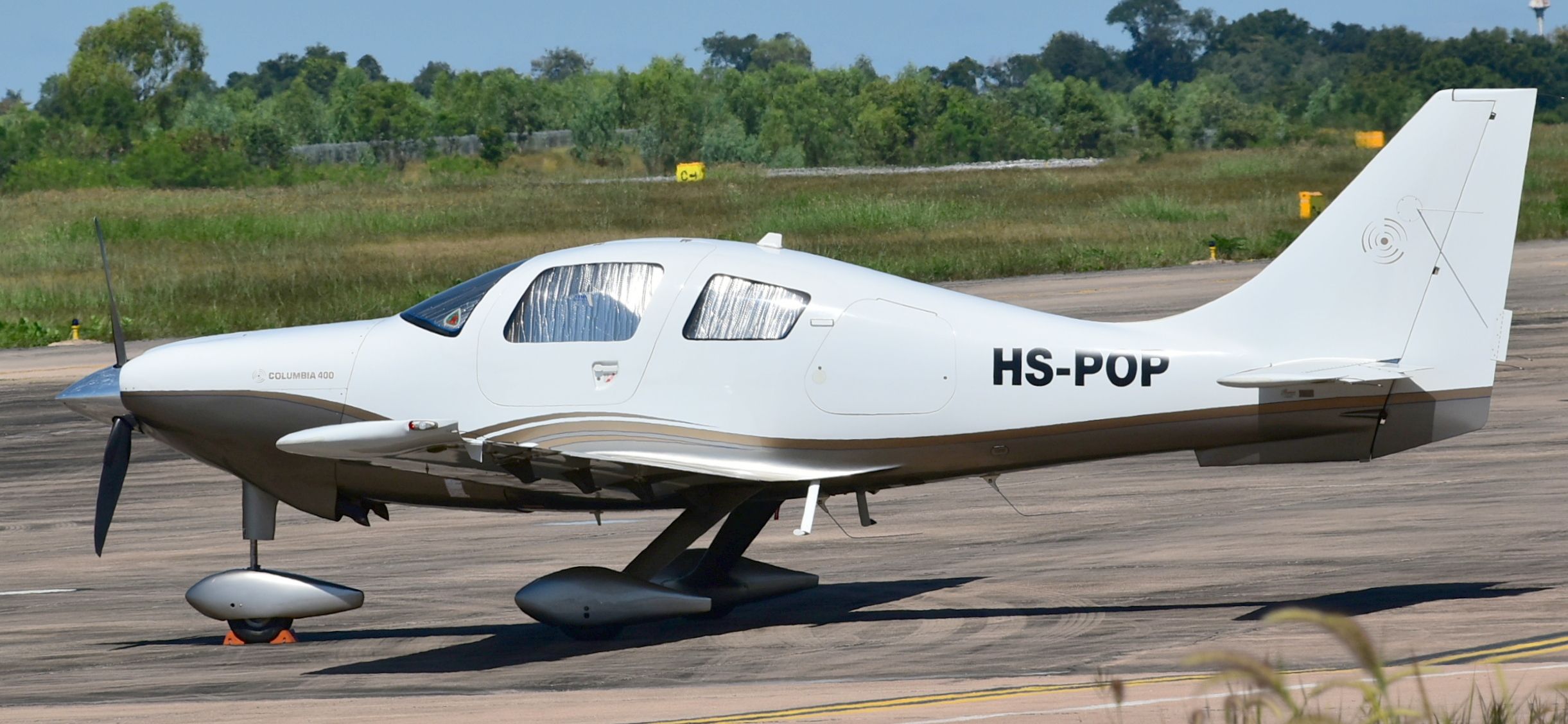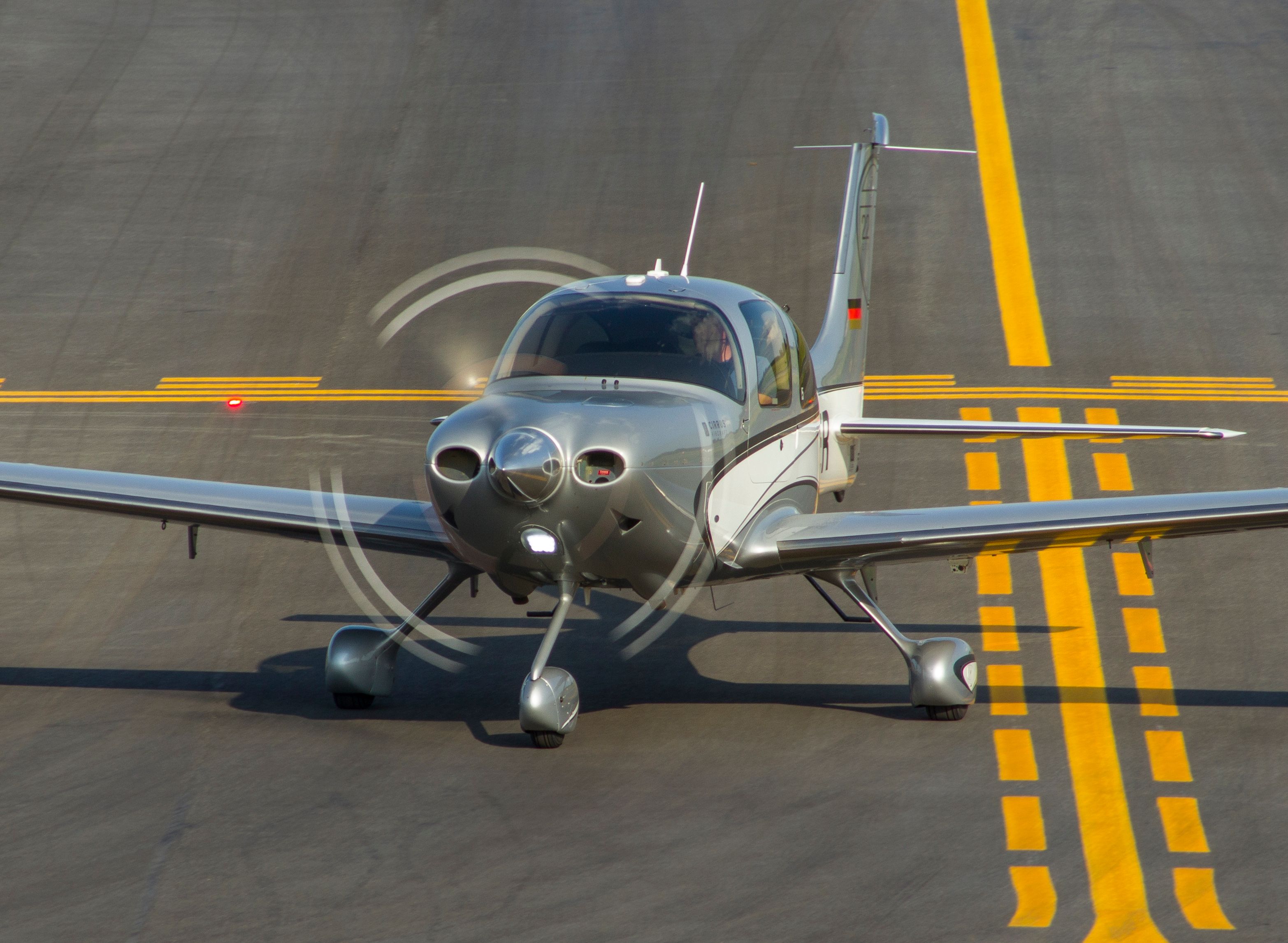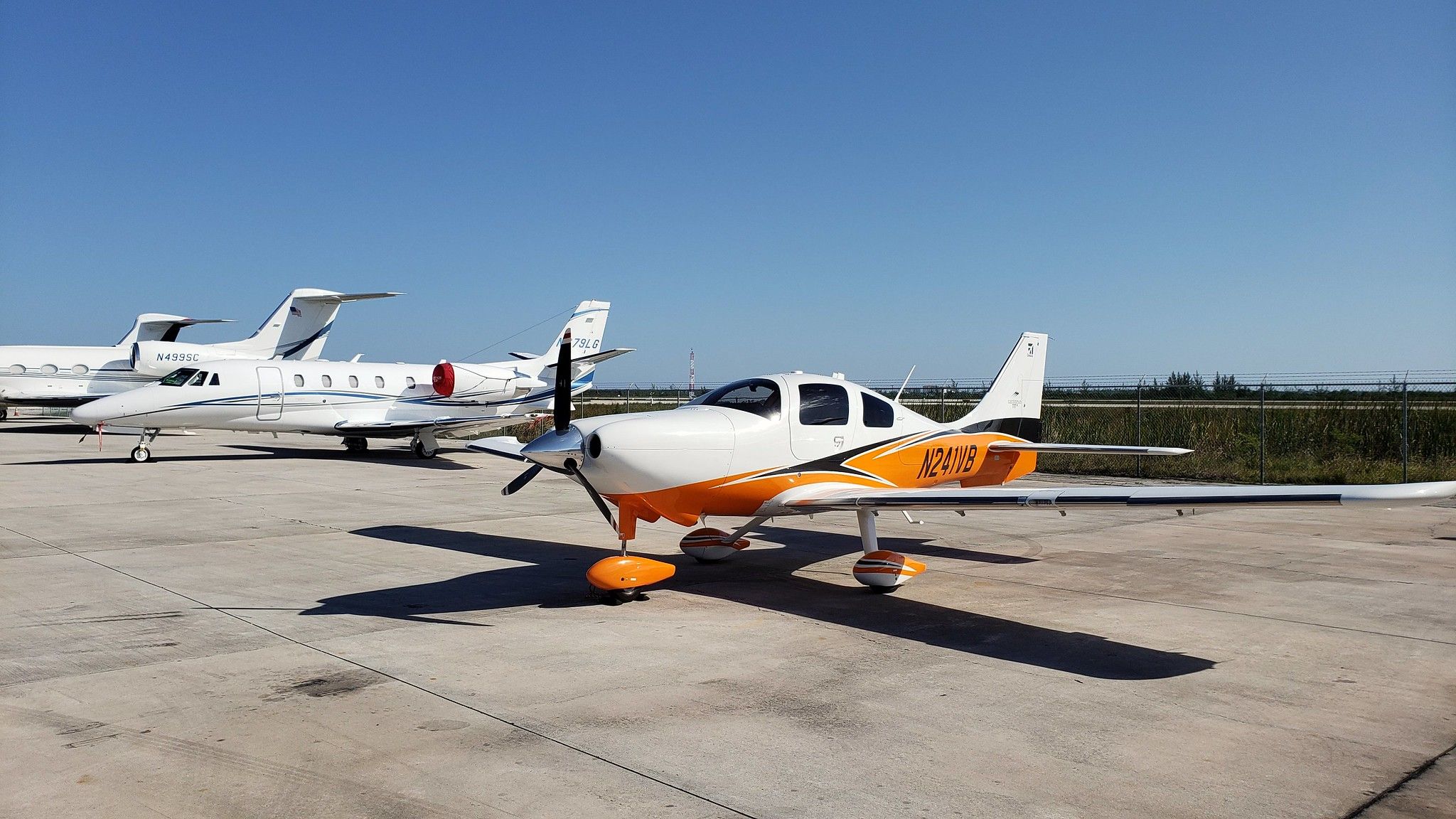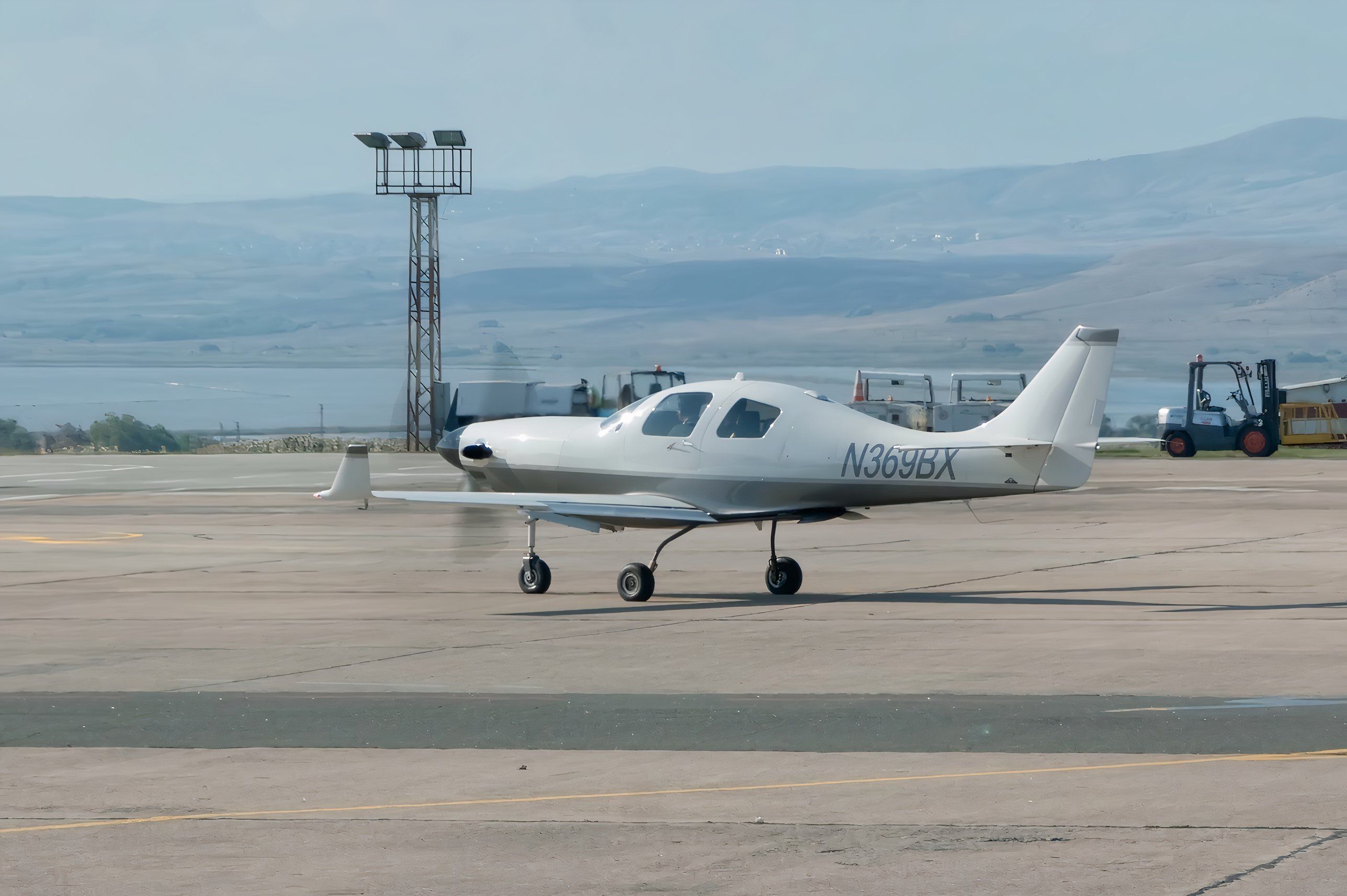Summary
- While a notable player, Columbia Aircraft faltered due to regulatory shifts and financial setbacks.
- The Columbia 300 rapidly evolved into the Columbia 400, leading to the company’s growth and eventual acquisition.
- Following its bankruptcy, Columbia was absorbed by Textron, rebranding its models as Cessna aircraft under Cessna’s name.
If you have not heard about Columbia Aircraft, this is because the company ceased operations in 2007. A few factors ultimately caused the company to declare bankruptcy; let’s examine the most important ones.
A hail storm in 2006
On July 7, 2006, 18 years ago, a hail storm hit the area where Columbia Aircraft manufactured its planes. These kinds of storms can cause quite some damage, as the largest hail particles recorded were around 7.9 in (20 cm) in diameter.
Whilst this may seem small, let’s not forget they fall from thousands of feet up in the air, and with enough of them hitting an aircraft, it can cause a write-off. According to General Aviation News, in an article published at the time of the events, some 60 aircraft were affected.
Photo: NTSB
At first glance, Columbia’s inventory looked to be relatively undamaged, but on closer inspection, it became clear that the paintwork on all 60 aircraft was damaged. Bing Lantis, president and CEO of Columbia Aircraft, issued a statement saying all the planes would need to be repainted and, as such, delays to deliveries were inevitable.
The company had struggled financially for years, and the hailstorm damage proved to be the straw that broke the camel’s back. Its products competed heavily with the SR22 from Cirrus, which, having been first to market, outsold Columbia’s airplanes by quite some margin. Columbia was struggling with other problems too, ranging from poor cost containment to inadequate productivity.
Photo: Flying Camera | Shutterstock
Ultimately, the storm damage was the beginning of the end of Columbia Aircraft, but it wouldn’t be the end of the innovative engineering that had gone into the aircraft.
Some history behind Columbia
Let’s start by saying that the company is unrelated to Columbia Pictures, a big movie industry player.
Columbia Aircraft can be traced back to Lancair, which specialized at the time in experimental do-it-yourself kit planes. Lancair itself can be traced back to NASA’s Advanced General Aviation Transport Experiments (AGATE) project that was initiated to revitalize the declining general aviation (GA) market.
Various factors, such as new regulatory requirements and substantial legal liability lawsuit settlements, rendered the
general aviation
field unprofitable, leading many manufacturers to cease the production of piston-engined light aircraft and focus on the business turbine market instead.
Around the same time period, the kit-built market experienced significant growth. Kit-built aircraft, often referred to as amateur-built aircraft, are not subject to the same level of
FAA
certification as larger-scale manufactured planes.
Recognizing an opportunity in the market, Lancair introduced the Lancair IV design, which achieved several notable records. Among these achievements was a long-range flight conducted at an impressive speed of 360 mph, showcasing the capabilities and potential of kit-built aircraft.
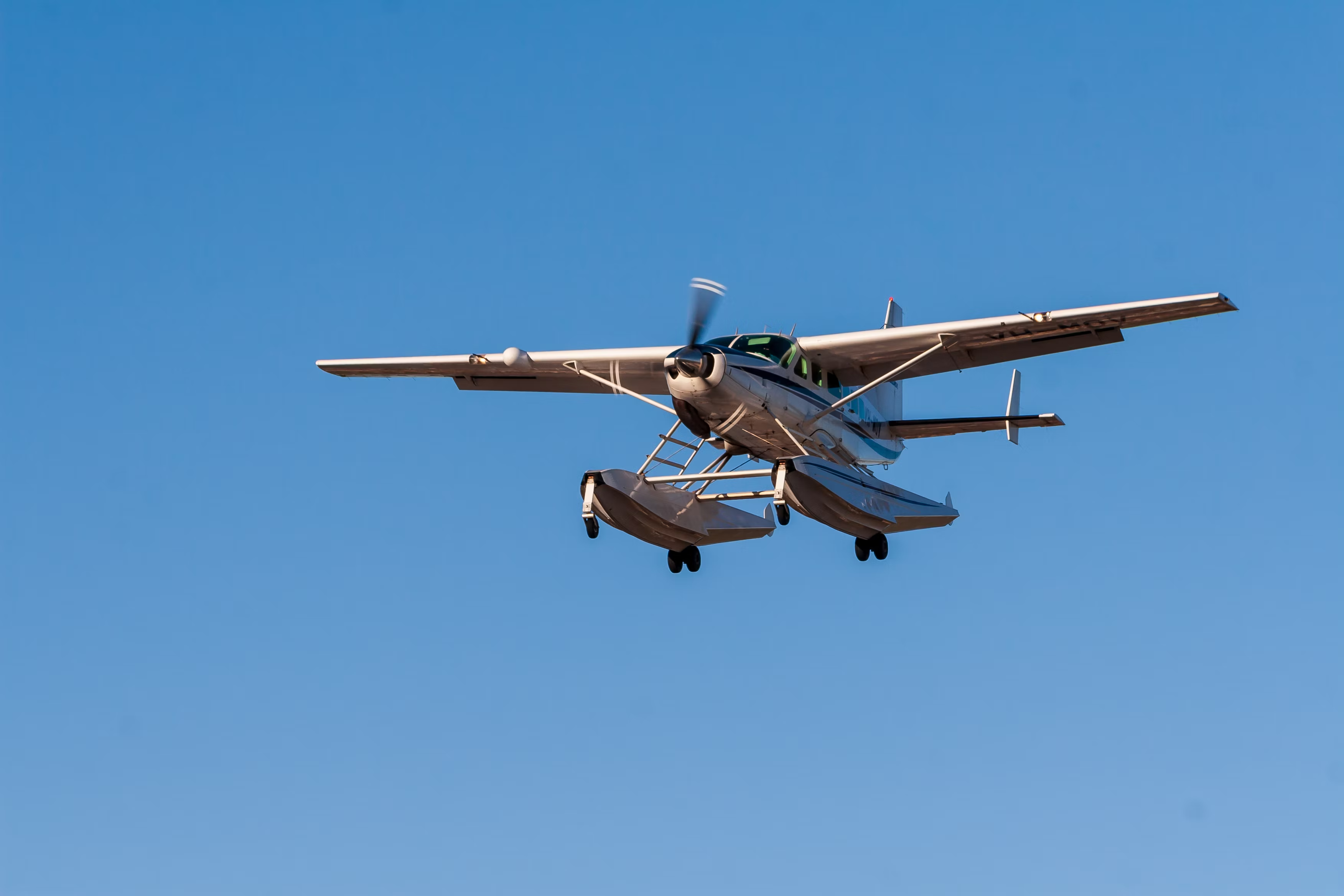
Related
What Is Your Favorite Turboprop Aircraft In General Aviation?
Turboprop aircraft are one of the most unique types of aircraft seen in the general aviation industry. These aircraft use turbine engines to power an aircraft propeller. These engines are typically used on smaller aircraft and are seen in various business aviation or utility roles. The turboprop engines are generally stronger than piston-powered engines, which means that turboprop-powered aircraft can take off on shorter runways. This is a typical offset for the higher initial costs and more expensive maintenance costs.
Additionally, turboprop engines can be compared to turbine or jet engines at certain speeds. Turboprops are more efficient at lower flight speeds, typically below 390 knots (450 miles per hour). This means that most turboprop aircraft operate at slower speeds but still maintain usage across the industry due to their impressive takeoff and landing distances and the typical ruggedness of the aircraft. Some famous turboprop aircraft include the Cessna Ca
Widening the scope of business
In 1995, Lancair established a new company, Lancair Certified. This company was used as the main site for what was then known as the Lancair LC-40, for “Lancair Certified, model 40.” The first prototype flew in July 1996, followed by the certification prototype in early 1997.
This was the company’s entry into the more “mainstream” piston aircraft, which requires regulatory certification, hence the disambiguation of Lancair Certified. Lancair Certified became Columbia Aircraft in 2005.
What aircraft did Columbia make?
The first aircraft Lancair Certified made, the Model LC40-550FG, which was marketed as the Columbia 300. It received official certification on September 18, 1998.
Following a comprehensive development and certification process, the Model LC40-550FG was officially certified on the same date and marketed as the Columbia 300.
Upon its release, the Columbia 300 was the fastest fixed-gear aircraft in the world. However, this achievement was short-lived, as the turbocharged Columbia 400 (Model LC41-550FG) took flight in June 2000, claiming the title.
The Columbia 400 introduced a new glass cockpit, developed under the AGATE program, referred to as the “Highway in the Sky” (HITS), and received certification on March 30, 2003.
Incorporating the upgrades featured in the Columbia 400, of which multiple models are still for sale on controller.com, the original 300 design was enhanced to create Model LC42-550FG, known as the Columbia 350.
The competitive landscape at the time
Also developed under NASA’s program was an aircraft that returning readers will be familiar with. The Cirrus Aircraft SR20/22.
Certified in November 2000, the SR22 is an advanced version of the previous SR20 model. It began production in 2001. This aircraft, a low-wing cantilever monoplane, is built from composite materials. It features fixed tricycle landing gear with a castering nose wheel, where steering is achieved by applying differential braking to the main wheels.
Photo: Renatas Repcinskas | Shutterstock
The SR aircraft ended up being a lot more popular than their Columbia counterparts.
Columbia’s bankruptcy and acquisition by Textron
On September 24, 2007, Columbia Aircraft announced it would be acquired by Textron. The company planned to merge the newly acquired entity into their Cessna brand.
The acquisition was set to occur under the conditions of Columbia Aircraft filing for Chapter 11 bankruptcy protection, pending approval from the bankruptcy court, and a final agreement with Cessna, which it did shortly thereafter.
The legacy of Columbia Aircraft
On November 27, 2007, Cessna Aircraft emerged as the successful bidder for Columbia Aircraft. The Columbia 350 and 400 models were rebranded as the Cessna 350 and Cessna 400, and Cessna committed to providing support for all existing Columbia aircraft.
The acquisition was valued at USD$26.4M, with Cessna’s commitment extending to investing in the current company location at the southeast corner of Bend Municipal Airport in Bend, Oregon.
The former Columbia 400 became known as the Cessna TTx, but it unfortunately did not sell as well as Textron imagined. Only 12 airframes were produced in 2017, the year production ended, down from 31 the year prior, according to Flying Magazine.
As for the former parent company, Lancair, it continues to thrive and recently celebrated the release of its latest product, the Lancair Evolution. This American-made aircraft is a pressurized, low-wing, four-place, single-engine light aircraft constructed from carbon fibre composite. Developed by Lancair, it is supplied as an amateur-built kit by Evolution Aircraft.
The Evolution is adaptable for use with a Lycoming TEO-540-A piston engine or a Pratt & Whitney PT6-135A turboprop powerplant.
In July 2016, Lancair announced its decision to divest the older lines of Lancair aircraft, shifting its focus to the Lancair Evolution. Subsequently, in February 2017, Mark and Conrad Huffstutler acquired the 200, 360, IV, IVP, IVPT, ES, ESP, and Legacy designs. They now oversee the company’s operations under the name Lancair International, LLC, situated in Uvalde, Texas.
While Columbia Aircraft may have ceased operations, the legacy and expertise of this distinctive company continue to influence the world of kit aircraft enthusiasts.
Photo: Miglena Pencheva | Shutterstock
Those interested in experiencing the craftsmanship and innovation associated with Columbia can explore options through Cessna, specifically the Cessna 400.
This model is inspired by Columbia Aircraft and benefits Cessna’s knowledge in the GA field. It serves as a tribute to Columbia Aircraft’s pioneering spirit, offering aviation aficionados a direct link to the company’s renowned prowess.

